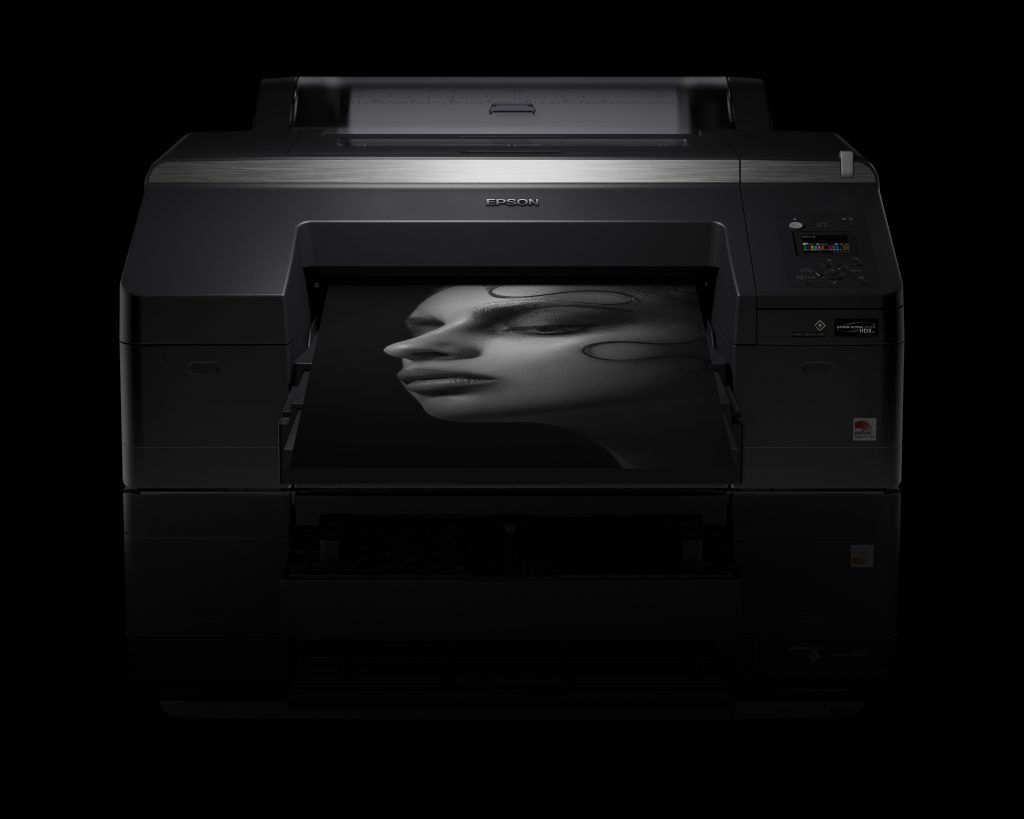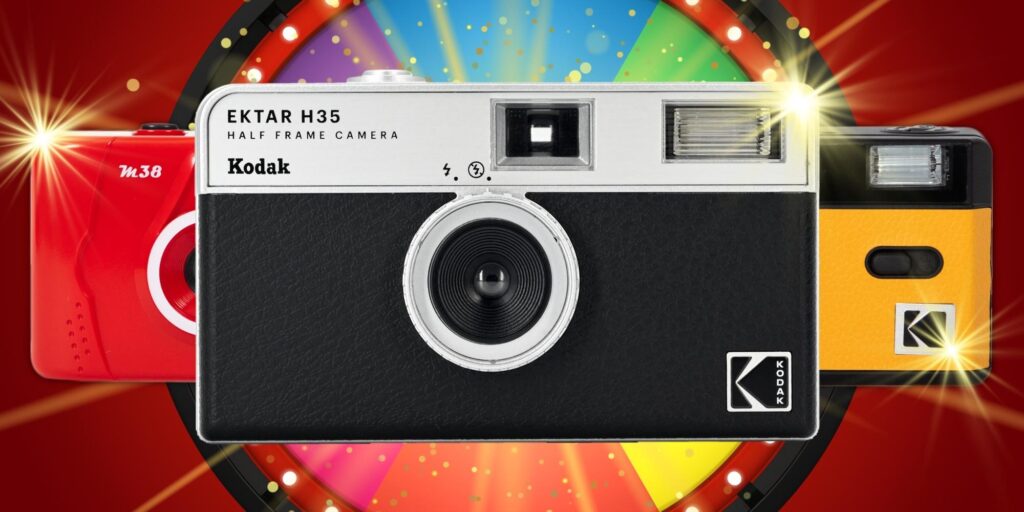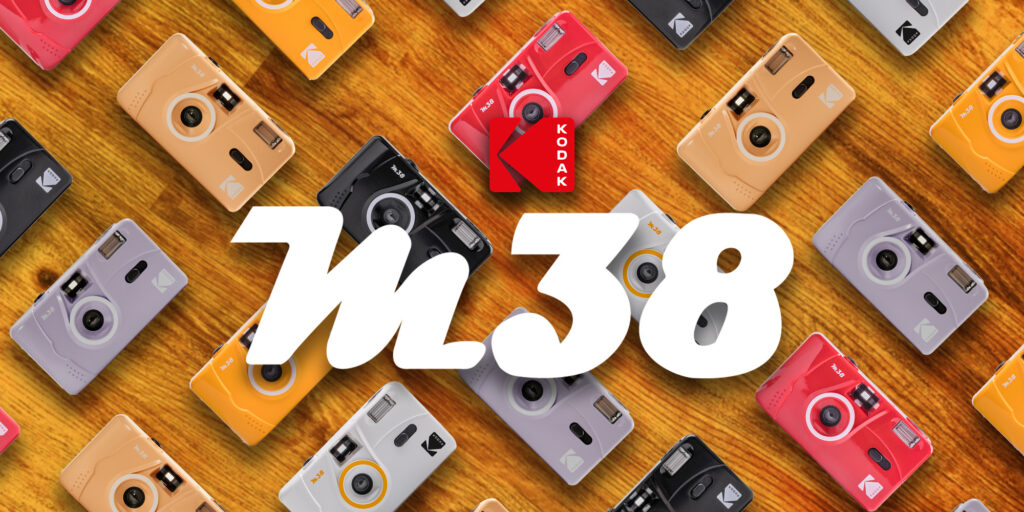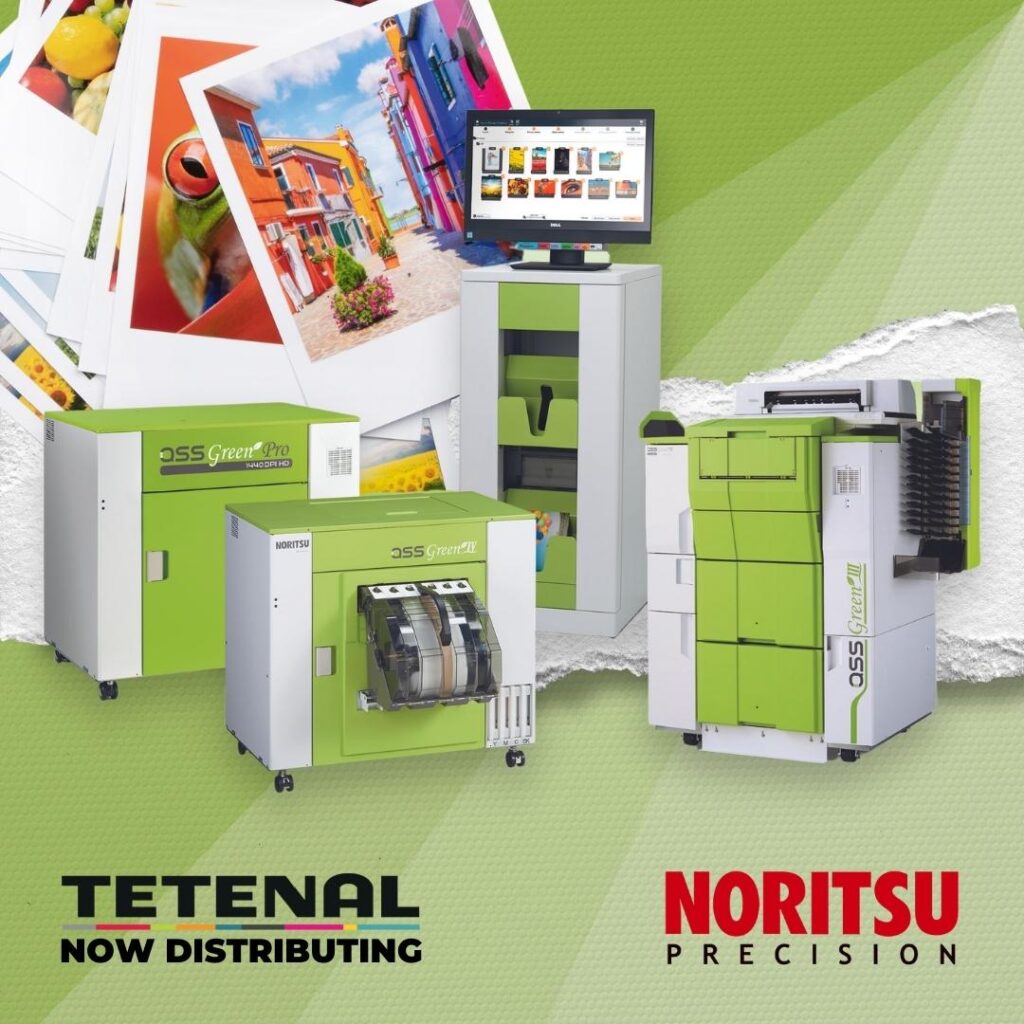3 FREE SOFTWARE THAT WILL TRANSFORM YOUR PHOTO BOOK DESIGN
If you want more control over your photo book design, one of these free web based applications can simplify the process for you, while saving you time and money.
Web based graphic design software has come a long way in the last few years. With a variety of great apps that aim to make graphic design more accessible to those who lack formal training or time to tackle the steep learning curve that professional software often involves, creating a gorgeous photo book design is easier than ever. We did the research to find 3 free softwares that work incredibly well for designing photo books. Have a read below to find out which one is best for you.
Canva
Over the last few years, Canva has become one of the predominant graphic design software for beginners and advanced designers alike.
The free version of the software includes over 250,000 templates to choose from, an extensive library of visual elements and quick actions to fine tune imagery and your overall design, all wrapped up in a easy to navigate browser-based platform.
Canva’s main appeal lies in their photo frames and grids, the latter of which can be resized to fit your document dimensions. With these it’s incredibly easy to drop your photos into placeholders and preview different layouts with the photos you have. In addition, once you’ve created a layout you like, you can save it as a template and quickly share it for free using a link to allow your customers to design their own.
You can also connect Canva with over 100 third party apps to increase the site’s functionality. This includes integrating your various cloud-storage libraries such as Google Drive, Dropbox and OneDrive, for quickly importing photos and exporting designs all within the Canva web browser.

- User-friendly interface
- Over 250,000 templates to choose from
- Create and share your own template
- Compatible with over 100 third-party apps such as Google Drive

Adobe Express
Adobe Express, formerly named Adobe Spark, combines a variety of key features from the most popular Adobe apps in a simplified package.
Like Canva, the software includes a large template library that you can use as inspiration or guidance for your photo book creations, a number of quick actions, grid layouts and a range of visual elements to customise the overall look of the finished product. In addition, the layer system inherited from other Adobe app makes adjusting any elements you decide to include in your design, even if they overlap.
For those who find themselves unsure of font choices and colour schemes, Adobe Express also includes unique features which allow users to experiment with font suggestions based on your document and colour palette recommendations. Other free features you’ll love include the ability to edit borders and gutters using a pair of sliders within the layout tool.

- Quickly preview alternative colour schemes
- Document compatible font suggestions
- A variety of grid layouts
- Layer system for easy element adjustment
Pixlr X
Pixlr X is one of the lesser-known applications in this article. However, this program contains features that make it quite well suited to creating photobook designs quicky.
Firstly, this designer software gives you access to features such as a substantial selection of photo frames which let you quickly drag and drop photos into place without losing a layout you’ve created. While the range you can choose from is more limited than Canva offers, you can quickly change the shape of any frame you’ve placed, and load in images directly from your device, rather than having to import media and then drag it from a library to your chosen frame.
Furthemore, the photo editing tools that you have access to as part of the Pixlr X free membership are surprisingly comprehensive compared to those in Adobe Express and Canva. These include retouching tools such as the healing tool, clone stamp and various image selection tools similar to those offered by Adobe Photoshop.

- Quickly change frame outline
- Simple to apply borders and outlines
- Powerful photo editing tools
- Layer system for easily organising elements
Whether you decide to use Canva, Adobe Express or Pixlr X, we’re certain that all three of these apps offer an impressive set of capabilities that will speed up your photo book design and get you with brilliant results regardless of your choice. Despite small limitations under their free plans, such as the 2 gigabyte storage limit implemented in Adobe Express, and little access to some of the more powerful tools in the software, storage issues can be addressed using external storage for finished products, and many of the pro tool aren’t necessary for creating photo books. That said, the paid subscriptions offered by each platform are great value, and give you the ability to level up your photo book design even further, with access to pro elements, fonts, more storage and greater customisation options, all of which can be used for any other printed media you need to design yourself.





